From sloths to snails, tortoises to slugs, these animals just aren’t in a hurry.
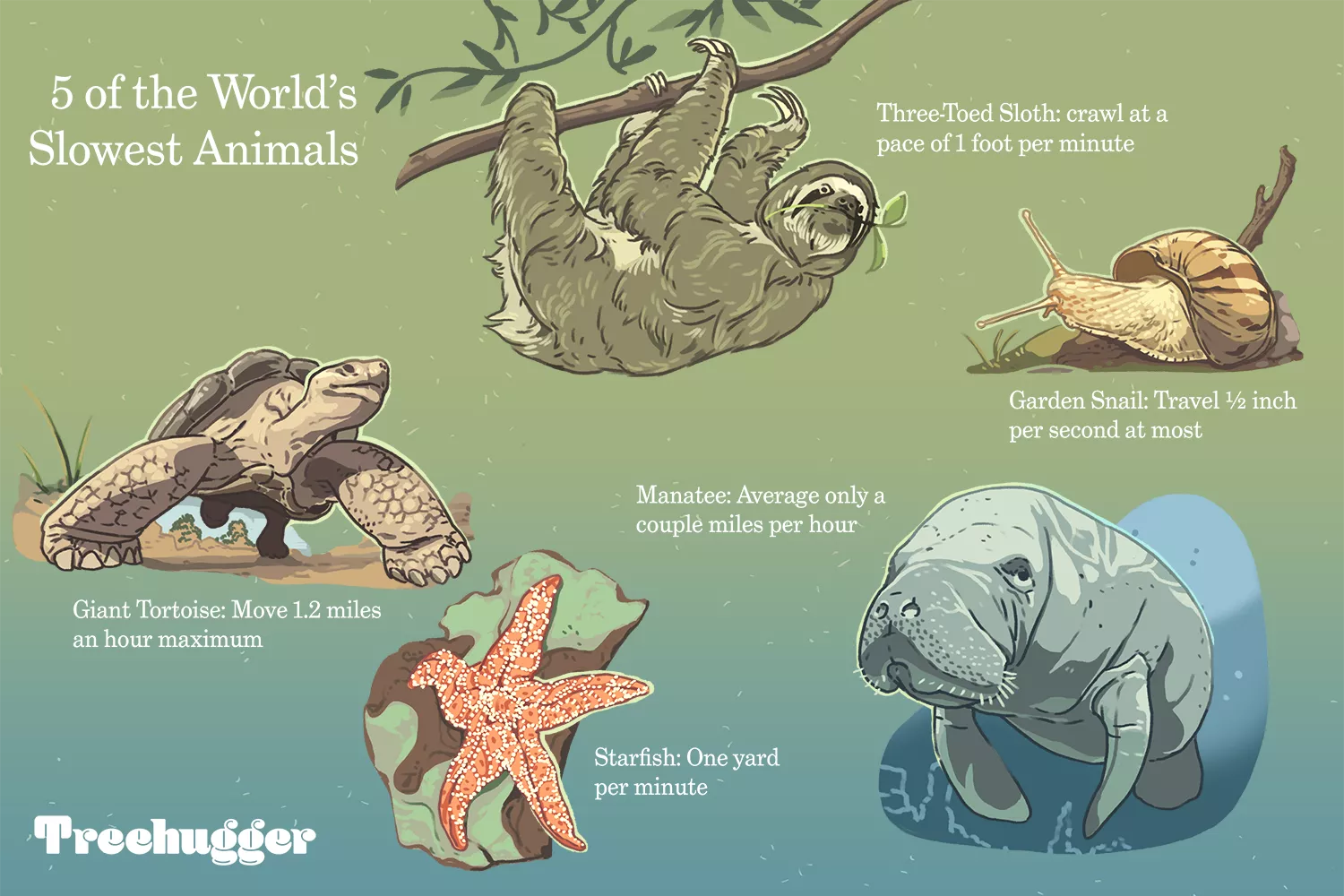
While animals like the cheetah and peregrine falcon show off their graceful speed, some animals are content to amble and creep, moving sometimes just a few feet per minute.
From sloths to slugs to snails, the slowest animals in the world are so unhurried in their demeanor that they have earned names synonymous with lethargy. They epitomize nature’s embodiment of tranquility. Join us as we acquaint ourselves with these leisurely animals, showcasing nature’s diverse spectrum of pace and disposition.
Three-Toed Sloth
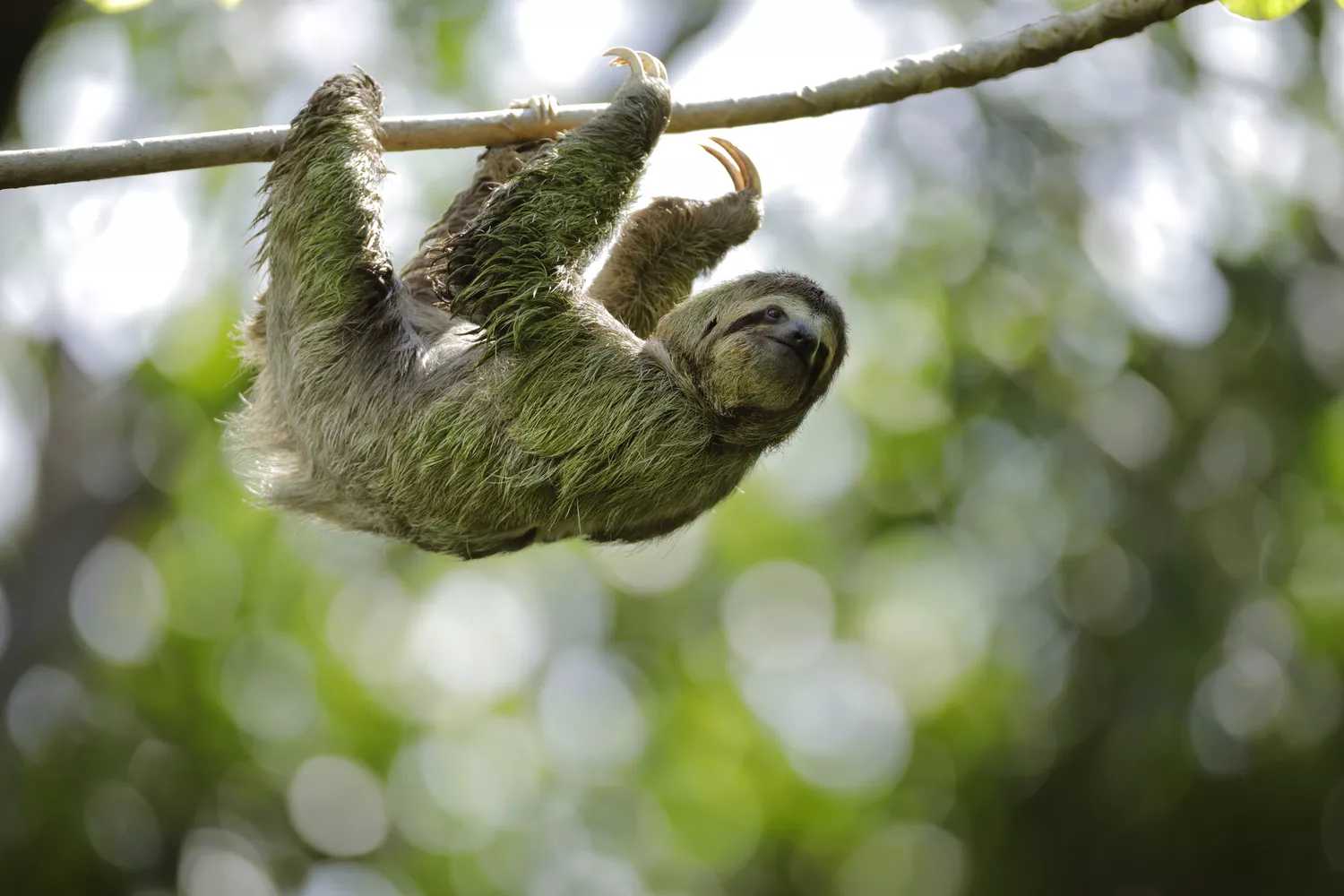
Sloths spend their days in the treetops, barely moving. Blame their lethargy on their incredibly low metabolic rate. That slow metabolism means they only need a few leaves and twigs for nutrition. They crawl at a breakneck pace of 1 foot per minute, reports National Geographic, moving so slowly that algae grow on their coats.
Although a sloth’s locomotion seems similar to other mammals, German zoologists found that their anatomical structure is quite different. They have very long arms but very short shoulder blades. That gives them a large reach without much moving, allowing them to save energy while making the same movements as other animals.
Garden Snail
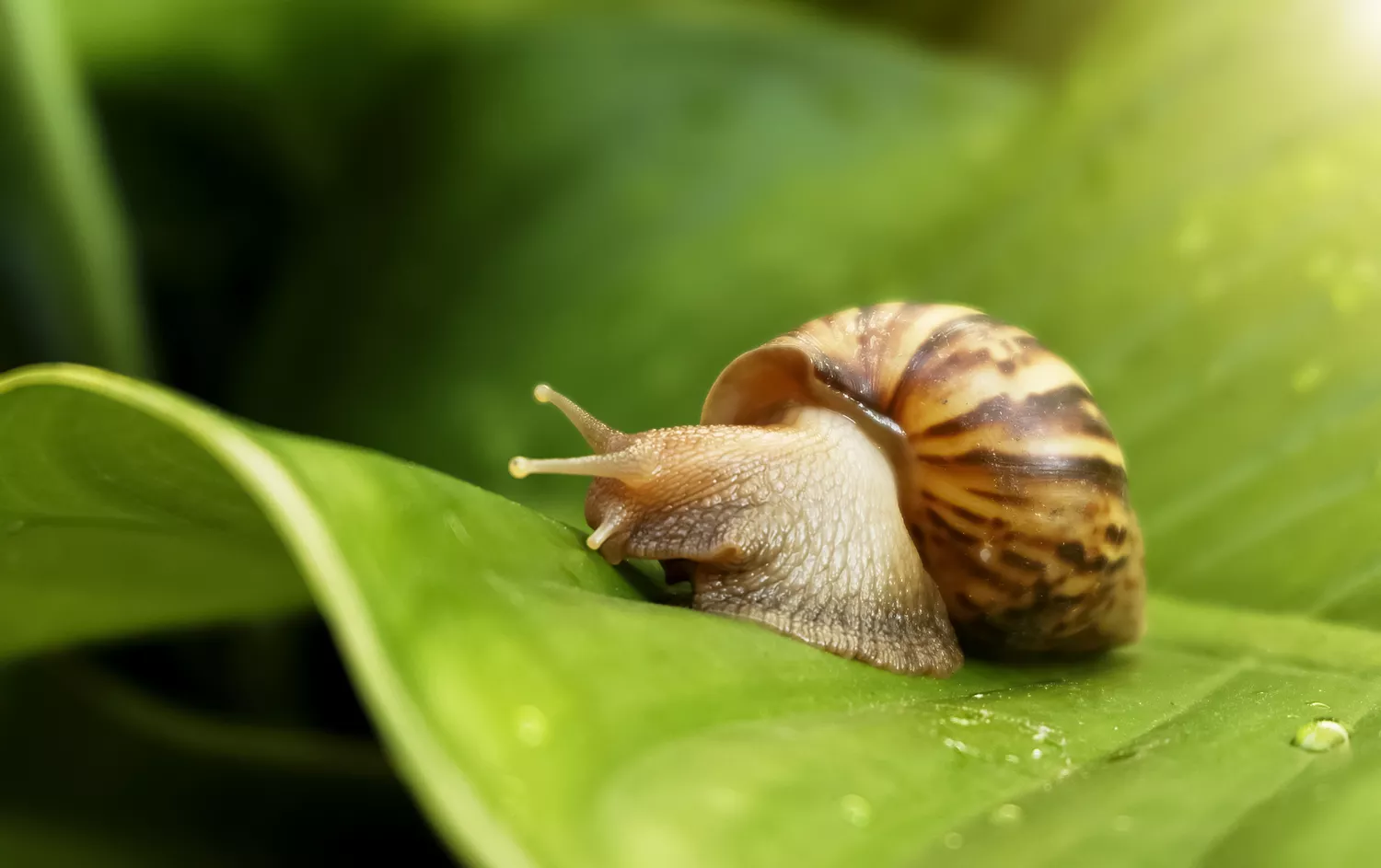
When you only have one foot, it’s difficult to move very quickly. The common garden snail has a flat, muscular organ that propels it extremely slowly along its purposeful path.
To help it move, the snail releases a stream of mucus to reduce friction, reports the Dudley Zoo. That’s why you always see a trail of slime in a garden snail’s wake. A garden snail’s top speed is 1/2 inch (1.3 centimeters) per second, but it can move as slowly as about 1/10 of an inch (.28 centimeters).
Starfish
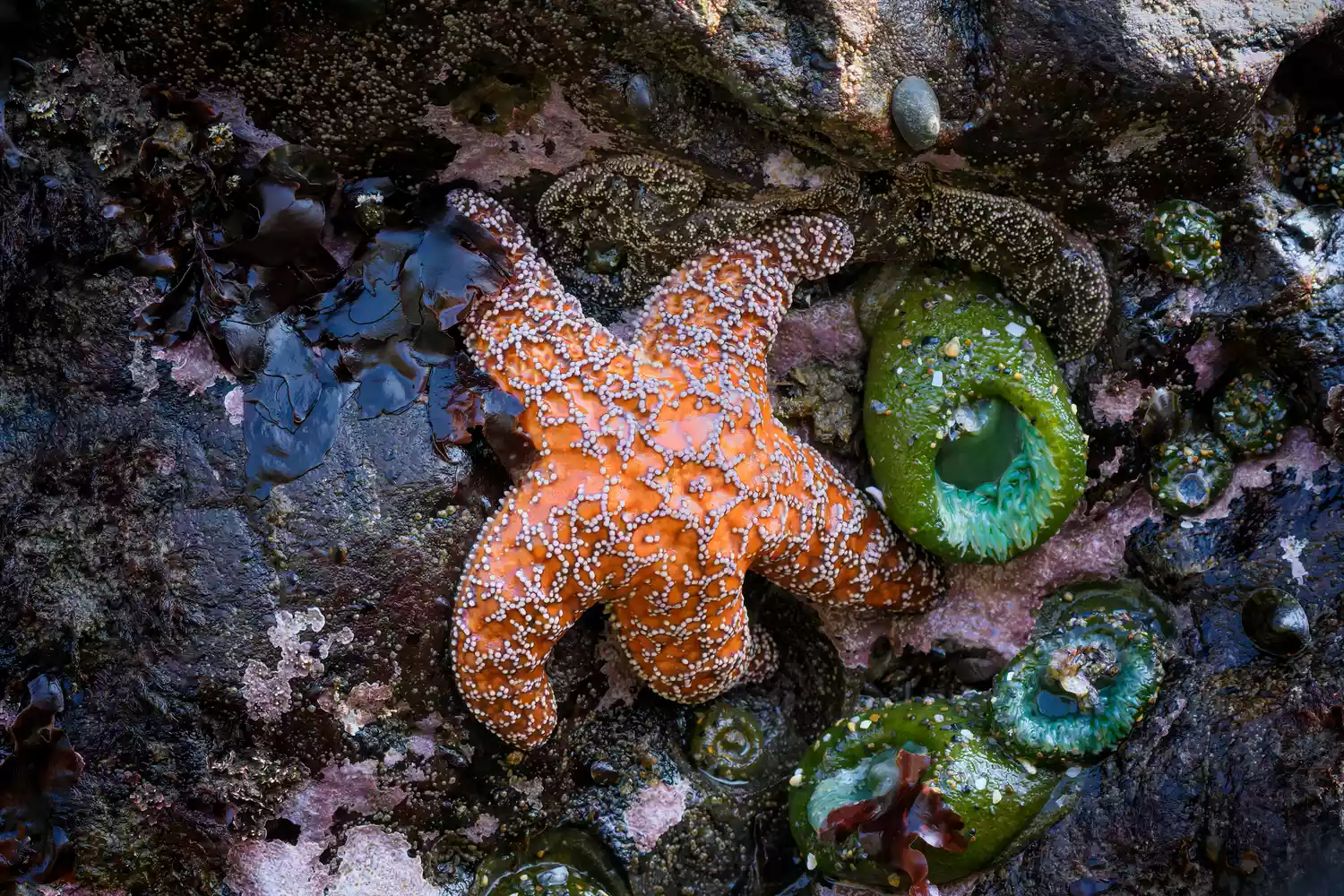
Sea stars, commonly called starfish, are hard on top with many little wiggly tube feet on the bottom. Those tiny feet help the starfish grasp surfaces and move around, but they don’t move very fast.
According to the National Oceanic and Atmospheric Administration (NOAA), an adult sunflower sea star can move at the whirlwind pace of one meter (about one yard) per minute using all 15,000 of its helpful tube feet.
Giant Tortoise
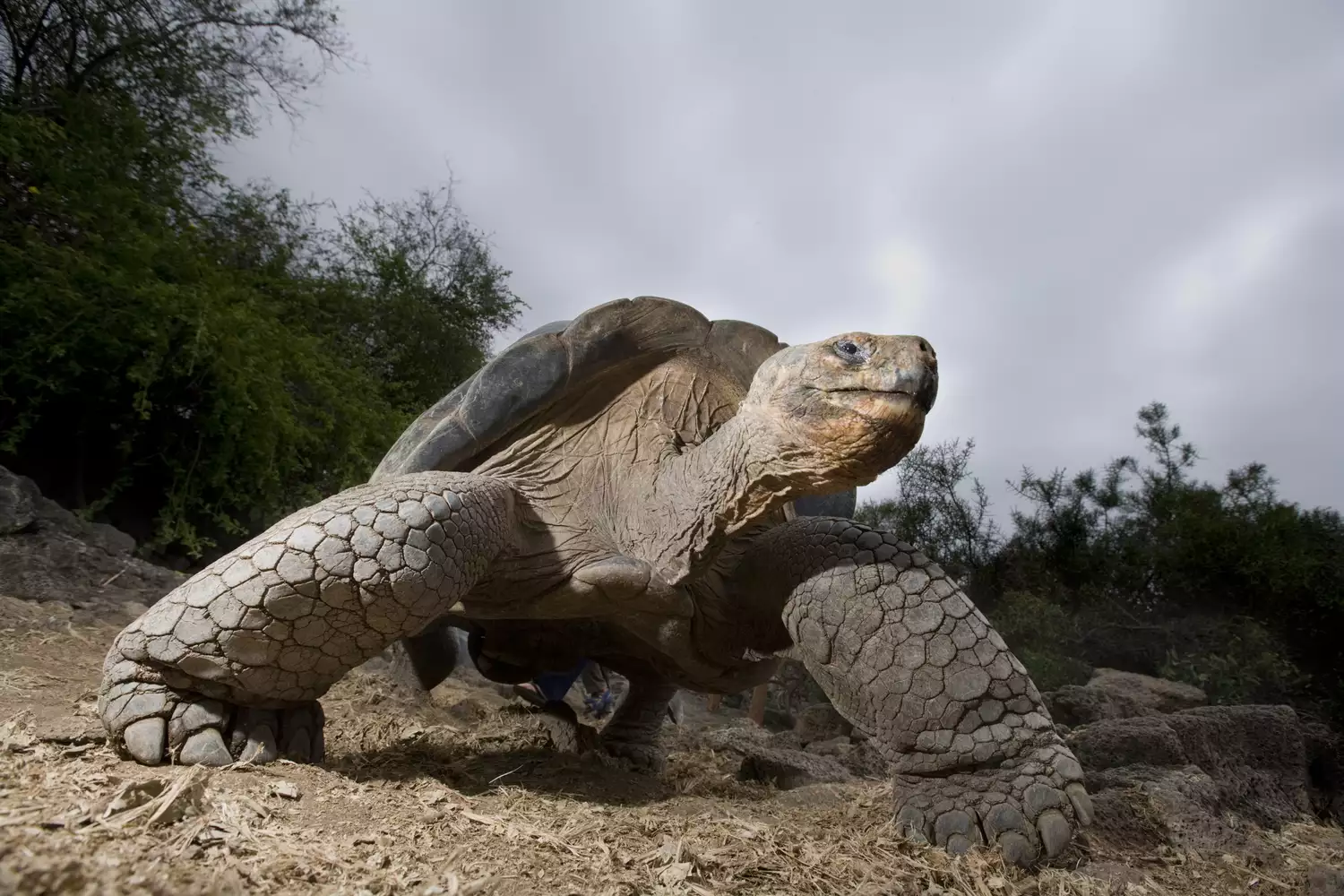
There are many subspecies of giant tortoises that live on various islands, but the most famous is the giant Galapagos tortoise. The largest living tortoise species, the Galapagos can live for 150 years or more.
Charles Darwin studied the tortoises when he was on the Galapagos in 1835. He thought they moved relatively quickly. “One large one, I found by pacing, walked at the rate of 60 yards in 10 minutes, or 360 in the hour,” he wrote in Zoology Notes. “At this pace, the animal would go four miles in the day & have a short time to rest.”
However, Stephen Blake, coordinator of the Galápagos Tortoise Movement Ecology Programme, tells The BBC that their turtles move a maximum of two kilometers (1.2 miles) per hour, suggesting that “Darwin was probably chasing them.”
Banana Slug
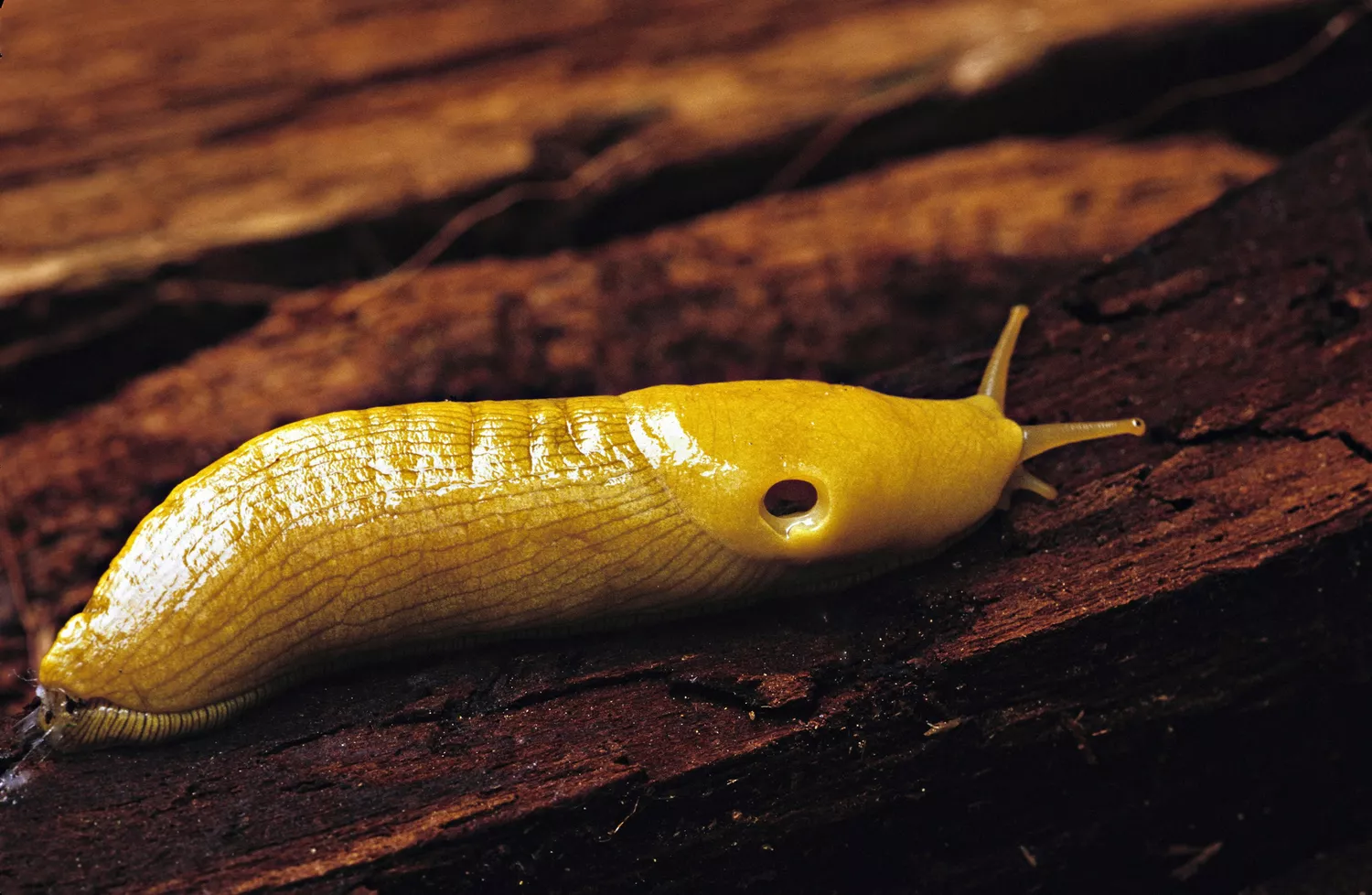
There’s not a lot of agreement about which animal is the absolute slowest, but University of Eastern Kentucky biologist Branley Allan Branson voted for the banana slug to win top honors. “A large banana slug has been observed to cover 6.5 inches in 120 minutes,” he wrote. “At that rate, a tortoise would seem fleet-footed.”
Banana slugs move by propelling themselves along their one muscular foot. Glands on that foot secrete dry granules of mucus which then absorb surrounding water to turn into slime.
That slippery substance helps lubricate their path as they slowly crawl. The banana slug also has a mucus plug at the end of its tail, which it can use to generate a bungee cord of slime to rappel down from high places.
Slow Loris
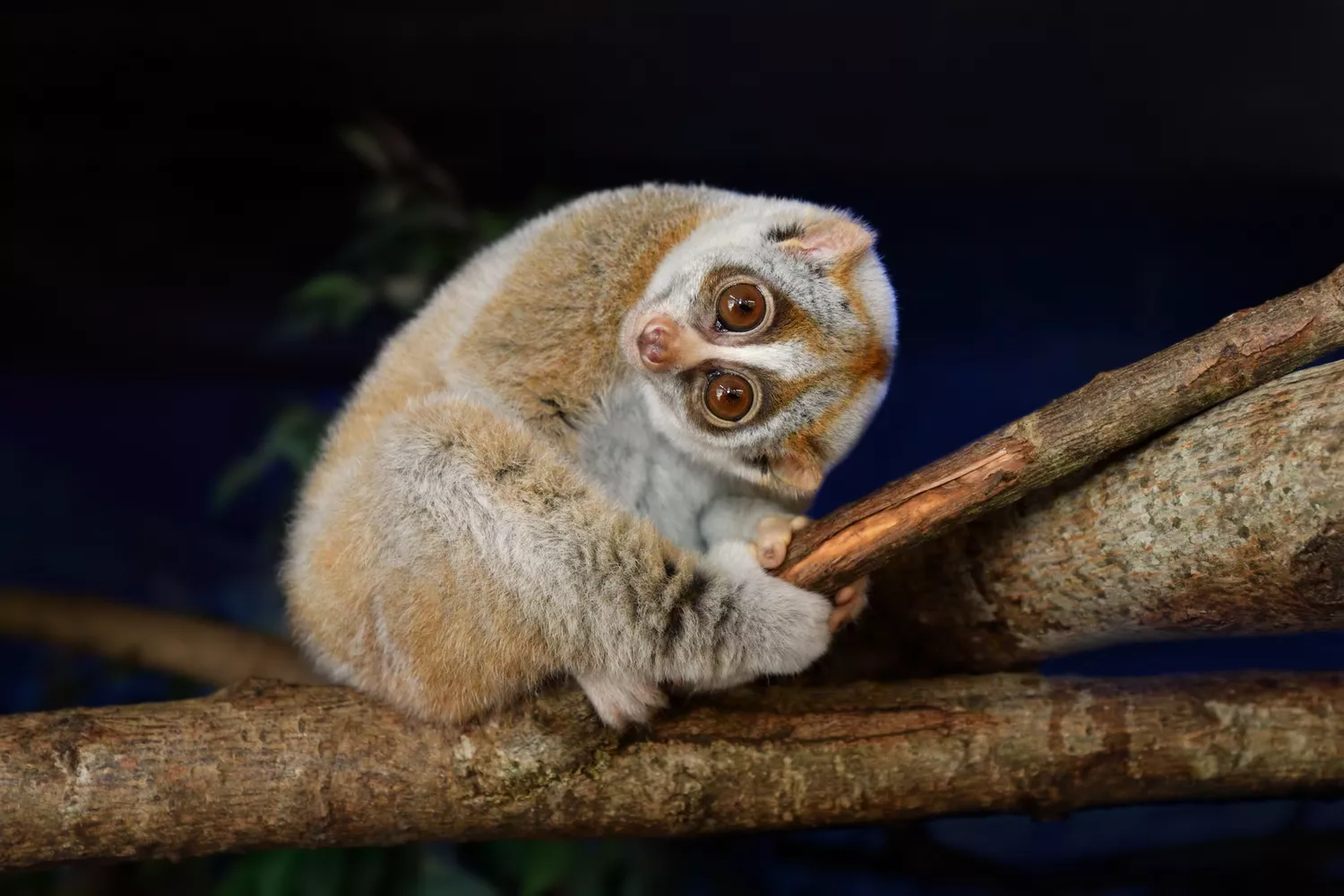
Are slow lorises really slow? For the most part, the loris is a lollygagger. The animal is mostly deliberate in its actions until it goes after prey. Then, it strikes with lightning speed. It stands upright, grabbing a brand with its feet, and throws its body forward to nab its prey with both hands, reports Cleveland Metroparks Zoo.
This small animal may look incredibly cuddly and cute, but the slow loris is the world’s only venomous primate. The furry creature has toxins in its mouth and releases toxins from a gland on the side of its elbows. They spread the poisonous mix on their fur to deter predators or just go after them with a lethal bite.
Sea Anemone
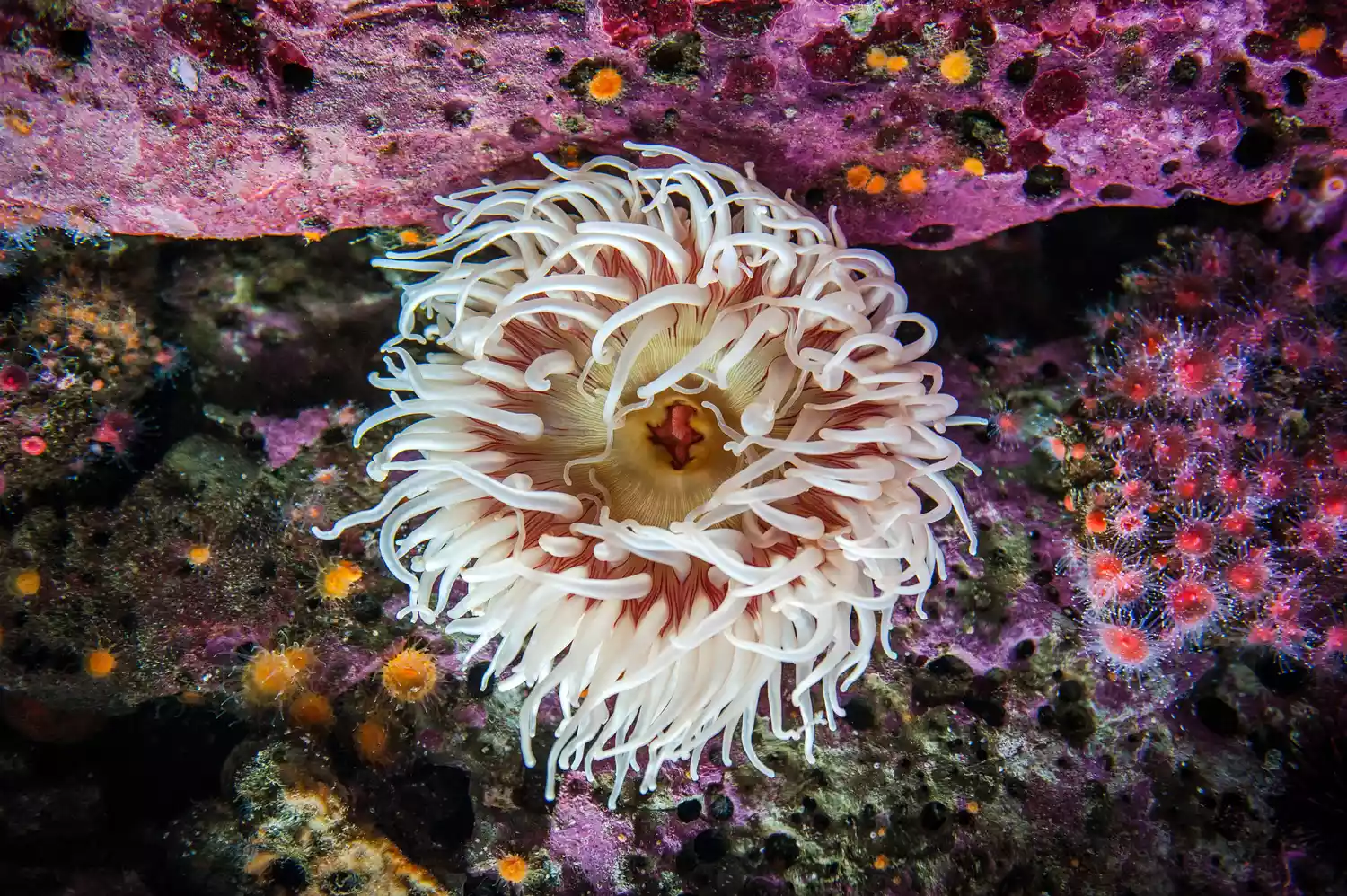
Related to coral and jellyfish, there are more than 1,000 sea anemone species around the world. These colorful and interesting underwater creatures use their lone foot—called a pedal disc—and mucus secretions to attach themselves to shells, plants, rocks, or coral reefs.
They rarely detach, waiting for fish to get close enough for lunch, but when they do move, their pace is about 4/10-inch per hour. Researchers have been able to capture their movement with time-lapse photography. They typically move in response to predators or in unfavorable conditions.
Manatee
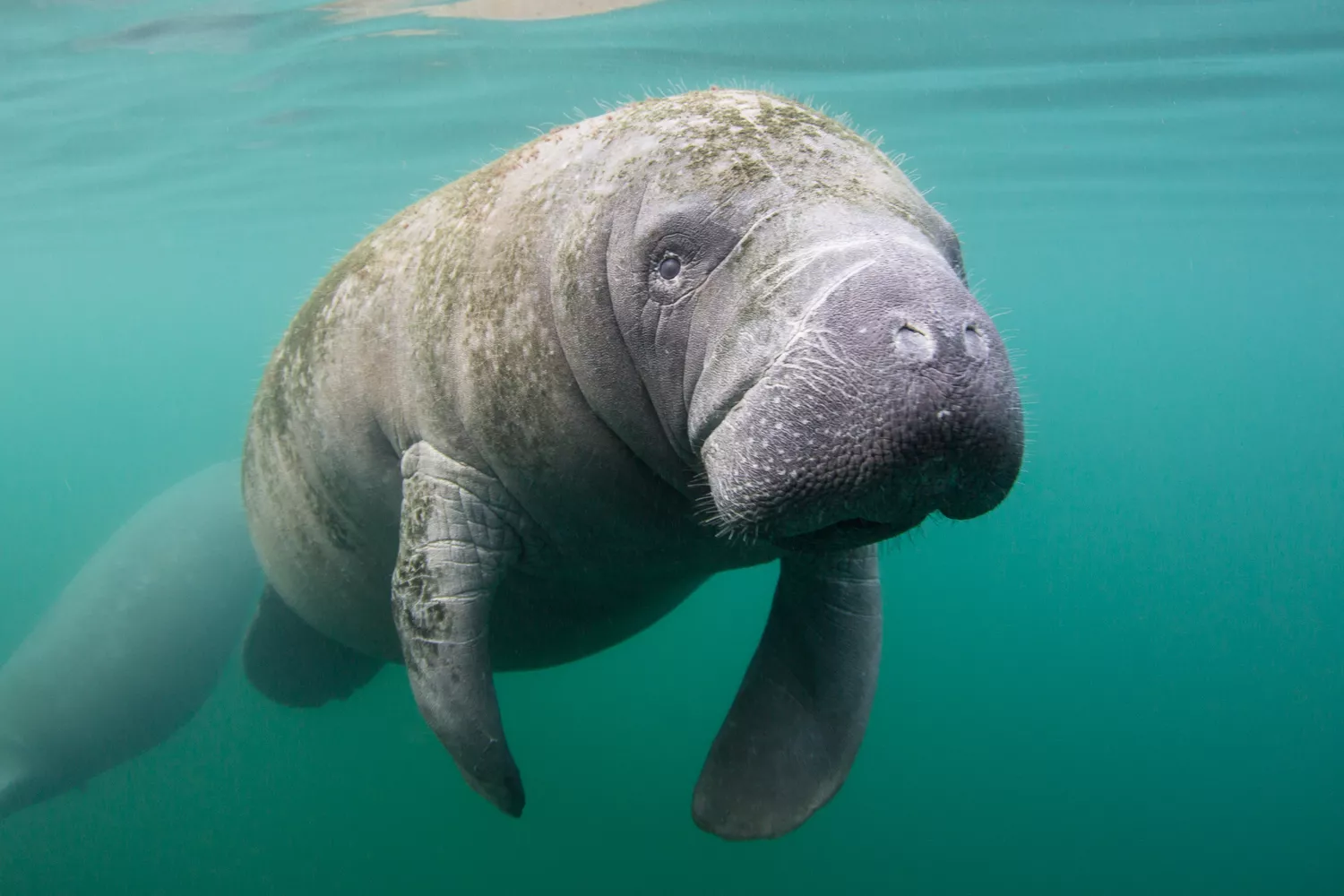
Compared to some of these other animals, the manatee is relatively speedy. Considering their heft and disdain for movement, manatees are usually very slow.
The gentle giant of the ocean—also known as the sea cow—can reach up to 13 feet long and weigh as much as 3,500 pounds. With that much heft, it’s no wonder that manatees are rarely in a hurry. They usually move at a speed of only a couple of miles per hour, but if they really need to get somewhere, they can pick up the pace to as much as 20 miles per hour.
Manatees typically stay in shallow water. They don’t really have any true predators. Sharks or whales could eat them, but because they don’t live in the same water, that rarely happens. Their biggest threat is from humans, but thanks to robust conservation efforts, the West Indian manatee in Florida was removed from the endangered species list in 2017.





